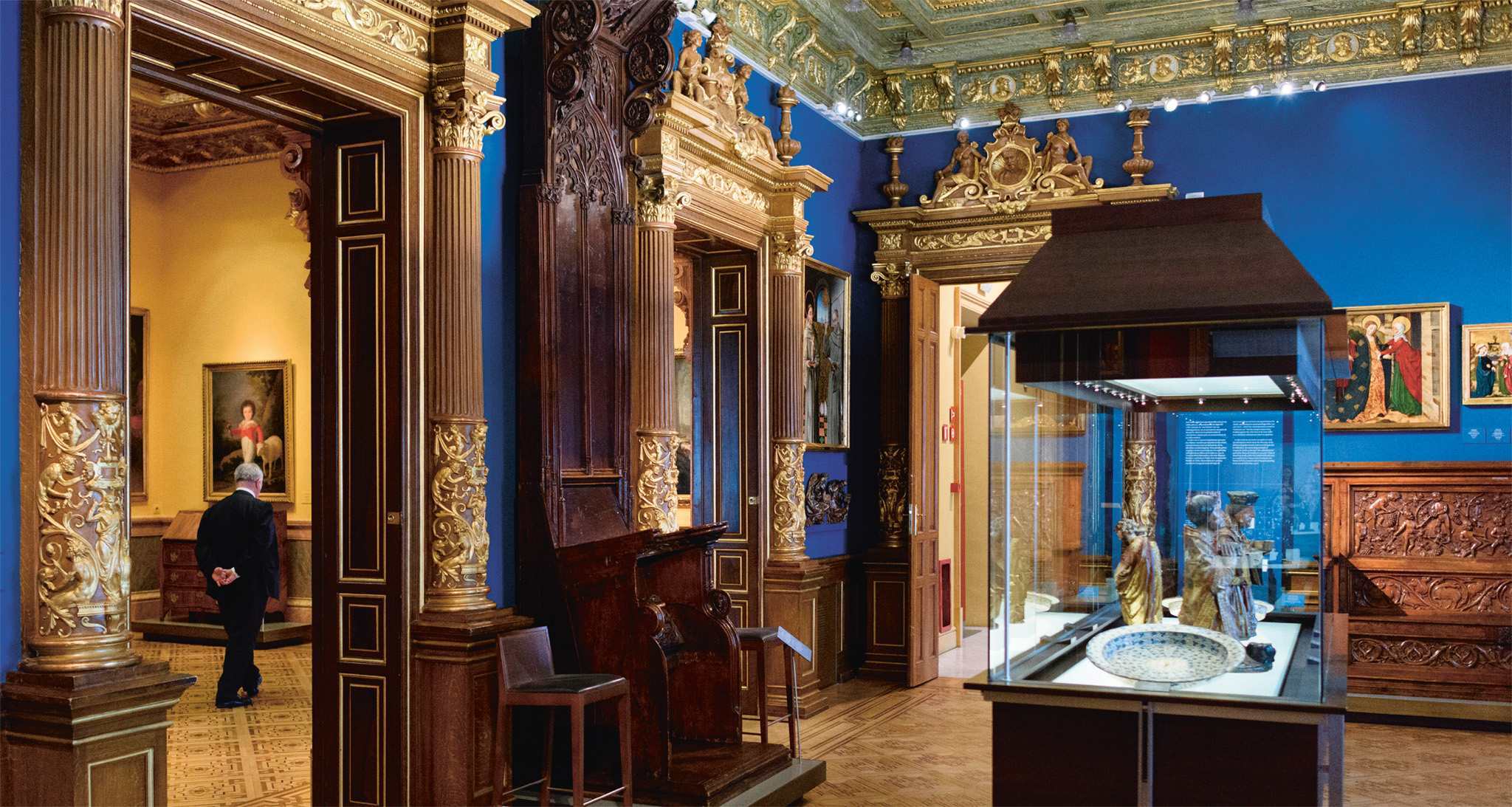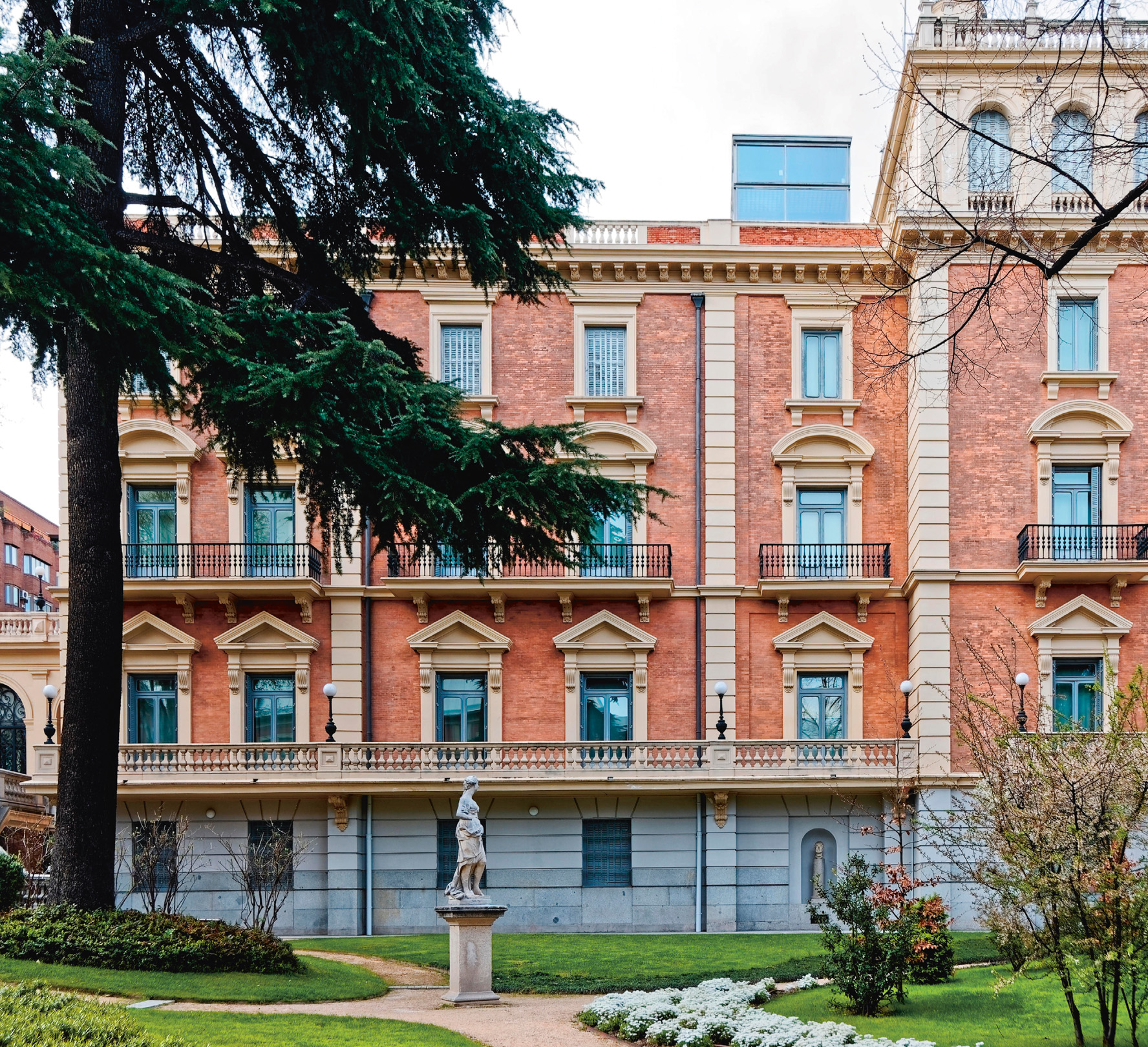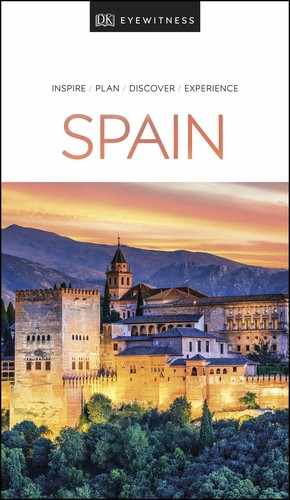Reflecting the broad and exquisite tastes of its founder, Lázaro Galdiano, this museum displays works by Europe’s top names in the fields of fine and applied art. Take a stroll through the imposing Italianate mansion, wondering at the treasures.

t Interior of the museum, adorned with paintings and sculptures on display
Experience Beyond the Centre

t The pleasant red-brick exterior of the Museo Lázaro Galdiano
This art museum is housed in the former mansion of the editor and financier José Lázaro Galdiano. In 1903, he married Argentine heiress Paula Florido and they built the home to celebrate – and to show off their growing art collection. By the time Lázaro Galdiano died, some 13,000 items were housed here. His private pieces were bequeathed to the nation in 1947.
The collection ranges from the 6th century BC to the 20th century and contains items of exceptional quality, from less familiar Goya portraits to a mass of fob watches, including one worn by Carlos I. Among the most beautiful objects are a series of Limoges enamels and The Saviour, a portrait attributed to a student of Leonardo da Vinci. The museum features paintings by English artists Constable, Gainsborough, Reynolds and Turner, as well as 17th-century works by the likes of Spanish painters Zurbarán, Ribera, Murillo and El Greco.
Did You Know?
Goya was rejected from Madrid’s Real Academia de Bellas Artes de San Fernando in 1763 and 1766.
EXPERIENCE Beyond the Centre

Museum Highlights
The Witches’ Sabbath
Goya's painting, dating from 1798, is based on a legend from Aragón and depicts a witches’ Sabbath around the devil (represented by the scapegoat).
Christ at the Column
This life-size marble statue was sculpted by Michelangelo Naccherino in 1764.
St John the Baptist
Hieronymus Bosch’s contemplative St John (painted c1485–1510) reclines in an almost pastoral landscape punctuated by grotesque plants.
Crosier Head
This beautiful gilded object was made in Limoges in the 13th century for the top of a bishop’s staff (crosier).
Tartessic Ewer
This Tartessic bronze jug, from the mid-6th century BC, is one of the museum's oldest items.
